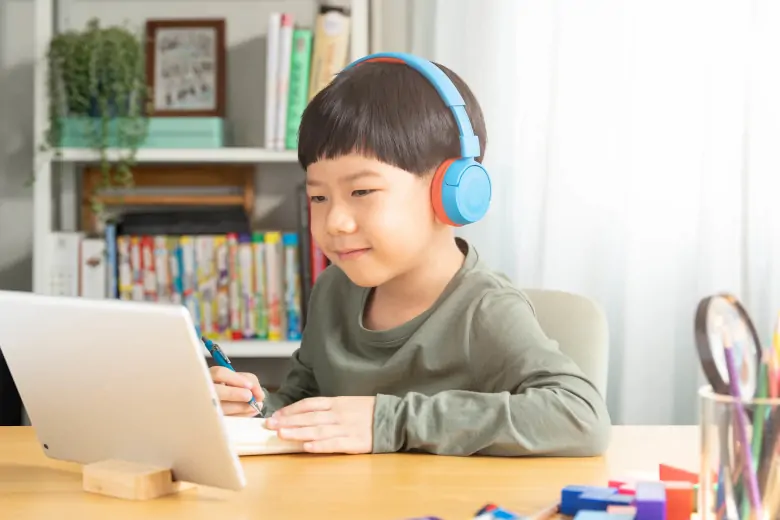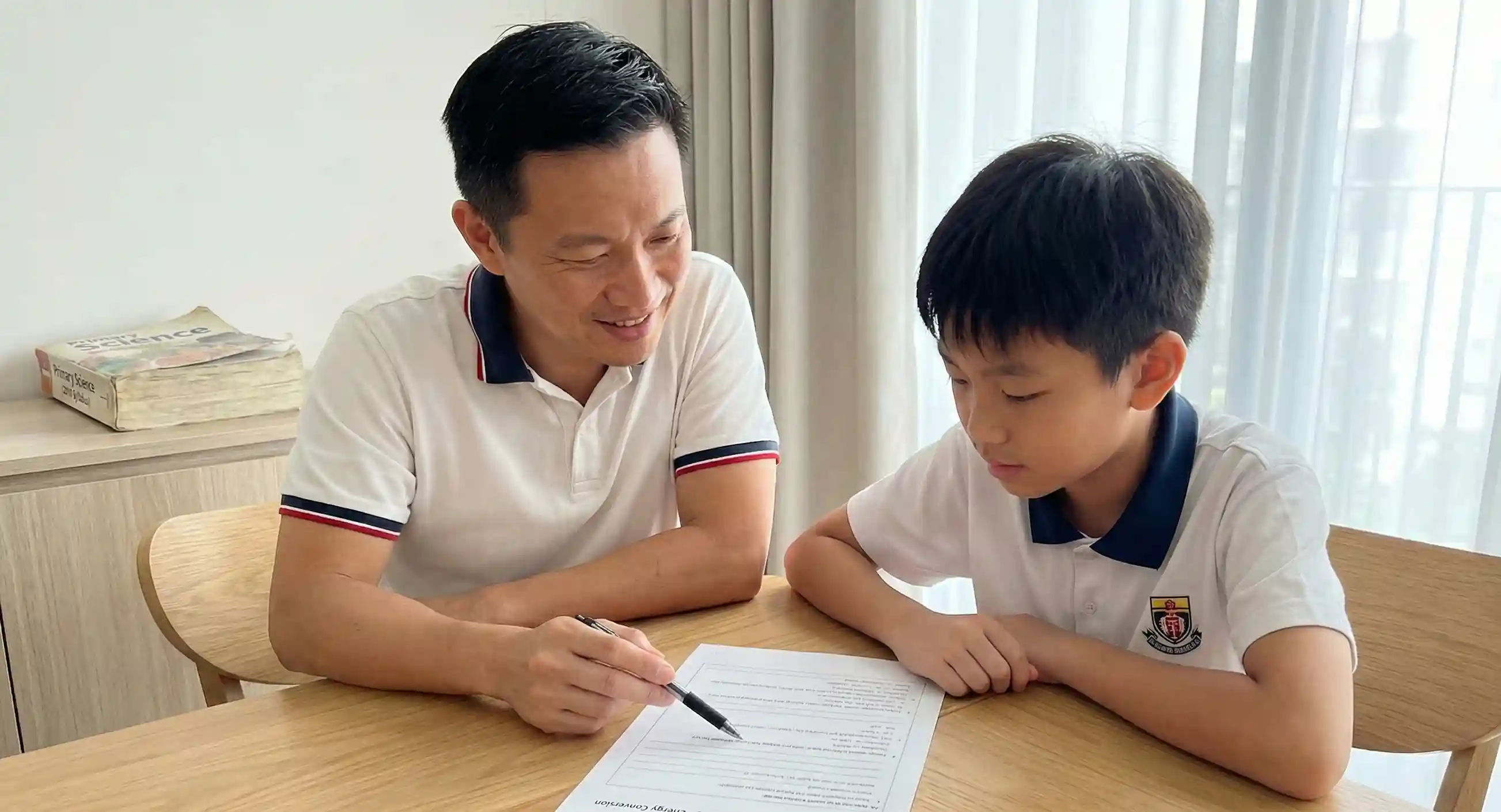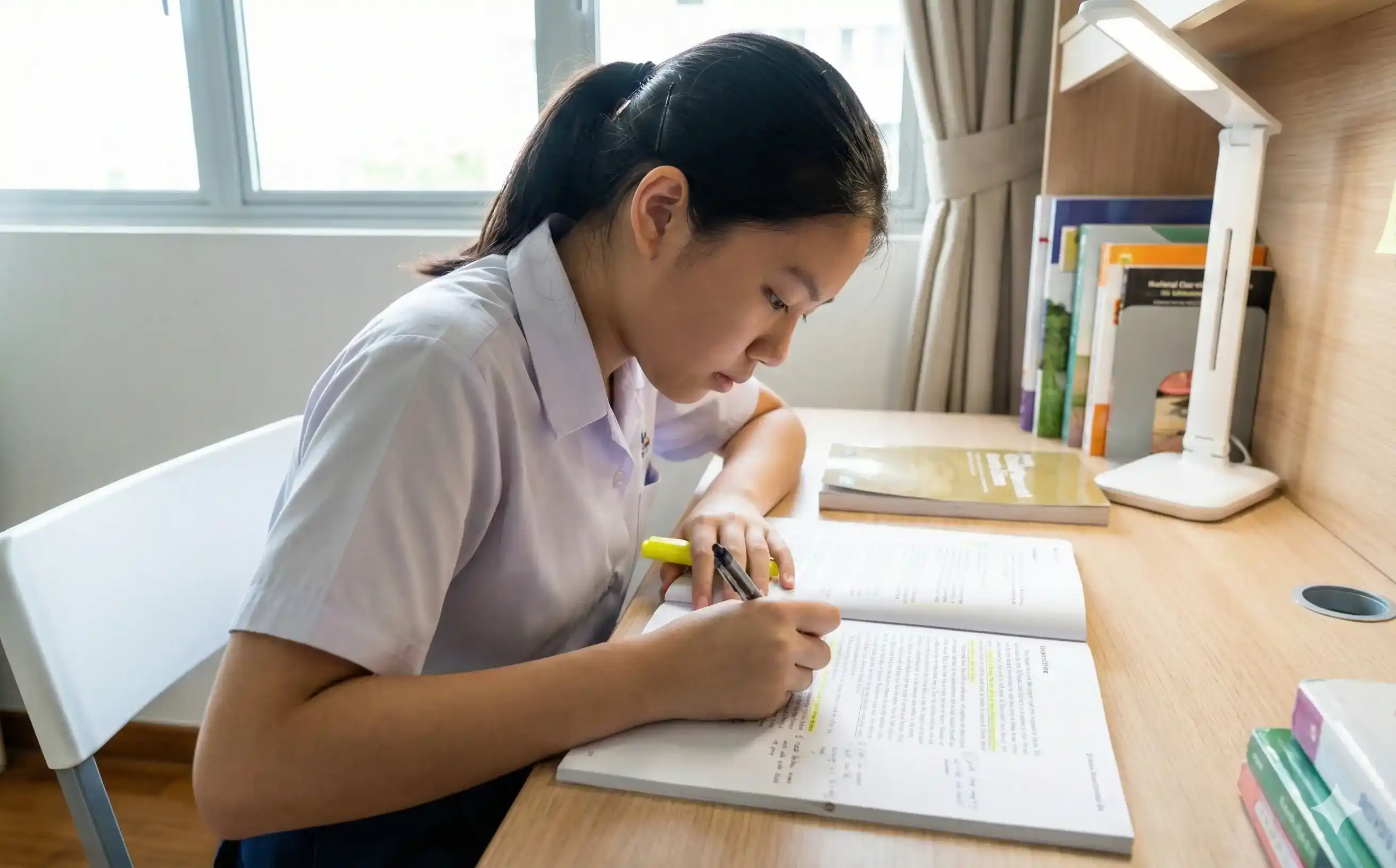Secret to remembering what you study

Think back on the first time you learnt the multiplication table and all the numbers that came with it. It took some time for your memory to capture them all, didn’t it? Thankfully, we eventually managed to commit them all into memory, and relied on them often enough that we still remember them by heart.
It’s clear that memory retention plays a vital role not just in effective studying and learning, but also in daily life. As they continue to advance in their studies, your child will come to learn multiplication and other complicated topics in time to come. But with these three great tips to enhance memory retention, you can start helping them to better preserve the knowledge that they have learnt through precious effort.
Active Learning
Active learning is an approach that promotes memory retention by having your child engage actively with the study material, such as participating actively in interactive activities, practising critical thinking, and through practical application. This fosters engagement, motivation, and deeper understanding, which in turn will help your child to reinforce concepts and increase long-term memory retention.
To get started with active learning, try getting your child to revise what they’ve learnt so far by summarising key points in notes, and encourage them to ask questions in class to clarify their doubts. Once they’ve gained some understanding of the topic at hand, they may consider teaching the concepts to someone else, which would solidify their knowledge into long-term memory.
The Spacing Effect
Cramming might offer short-term gains, but for long-term retention, spacing out your study sessions is key. This technique, known as spaced repetition or the Spacing Effect, is a memory retention technique that involves - quite literally - spacing out study sessions over time.
This technique leverages the brain's ability to reinforce memories through spaced repetition, leading to more effective long-term retention compared to cramming. Spaced repetition is widely used in various learning contexts to ensure knowledge remains accessible over time.
At the start of the initial learning phase, your child should first dedicate themselves to encountering and processing new information. After a short period, they should conduct their first revision, which will help to reinforce their memory. Subsequent revisions after that should then be scheduled with increasing intervals.
By reviewing lessons and notes at regular intervals with increasing time gaps between each review, your child should be able to strengthen memory retention and improve long-term recall. Spacing out their study sessions will also help reduce burnout and stress, which is yet another benefit that this technique offers.
Visualisation And Mnemonics
Visualisation and Mnemonics are memory retention techniques that aid in memory recall, making it useful for academic learning. Although the methods are quite similar, each technique has its own approach.
Visualisation involves creating and associating mental images to represent concepts, making the material engaging and memorable. One simple example is to visualise planets with distinct features to better recall the entire solar system in order.
Mnemonics on the other hand are memory aids that use patterns or acronyms to link new information with something familiar. For instance, the phrase 'Richard Of York Gave Battle In Vain' is typically used to represent the colours of the rainbow. Even associating a seemingly random memory to a specific academic topic can have the same effect, such as remembering the taste of that ice cream you had one day while studying about insect life cycles.
Interestingly, most people use mental images or mnemonic devices to recall information everyday without even realising it, as they are especially useful for memorising lists, sequences, vocabulary, and complex details. By actively making use of these techniques, your child will be able to engage multiple areas of the brain, strengthen memory connections, and make learning easier and more enjoyable.
Conclusion
By implementing these three powerful memory retention techniques - active learning, spacing out study sessions, and using visualisation and mnemonics - your child can optimise their study habits and unlock the secret to remembering what they study. Have fun learning!


 SG
SG  VN
VN 



















